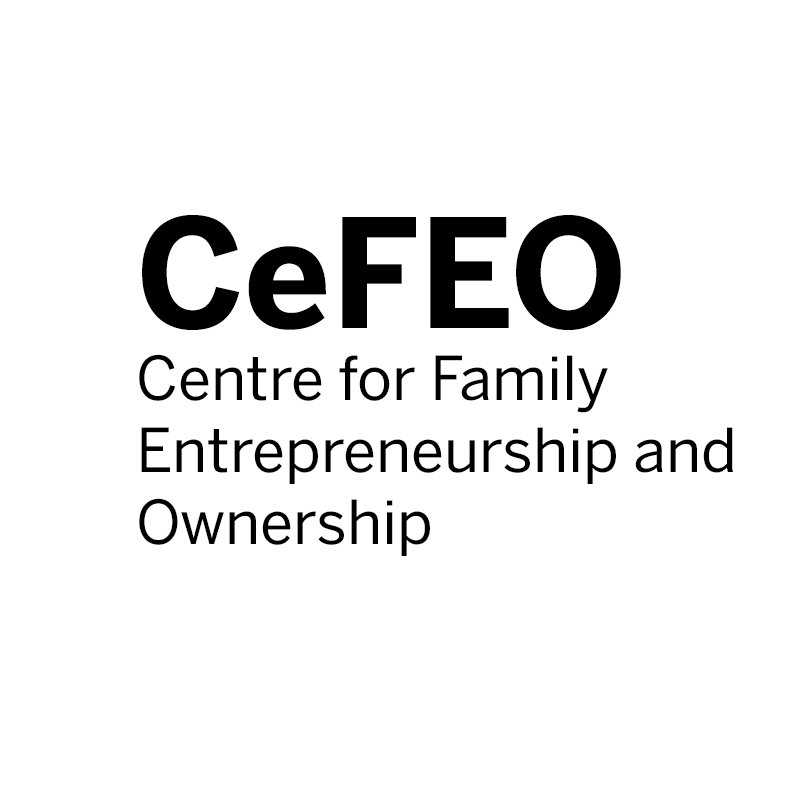16 years of academic excellence and practical relevance in Family Entrepreneurship and Ownership.
Älskar, Älskar inte – Conflicts in Family Firms
Conflict is a natural part of human life, so it’s not surprising that there’s also conflict in family businesses. However, due to the special nature of the family business, conflicts can escalate more profoundly and cause more damage than in other social settings. Longstanding family feuds often result in damaged, sold or bankrupt businesses and destroyed family relationships. But why is it that conflicts can escalate to badly in family firms?

The answer lies in the meeting of two factors. First, there are the normal factors that “help” to escalate conflicts. A main factor is related to the three dimensions of conflicts. Usually, we think about conflicts when we argue about what to do and how to do it (task- and process-conflicts). Typical examples are decisions in strategy (“Should we grow in the domestic market or internationalize? – and if we internationalize, how should we do it?”) or succession (“Should a family member or a non-family member take over? – And how should we make a decision about the candidate?”). Usually, a conflict brings to light the multiple experiences, values and interests that the involved parties have, and a good dialogue can help to align these factors to find a more productive solution. But the third dimension – the relationship-conflict – is far more devastating. Relationship-conflicts occur when we don’t respect the role or even the whole person of the other party. Typical examples are sibling-rivalries, in which a brother or sister does not respect that another sibling is the business-leader, or when a conflict in the past caused damage that is still hurting relationships today. When relationships between family members are damaged, task- and process-conflicts can easily arise and are more difficult to resolve – up to the point where important business decisions are blocked, and only the lawyers talk with each other.
Second, the family business is a complex system, comprised of family-, ownership- and business-system. Dealing with the challenges of each system alone – e.g. a family conflict about love, respect and belonging, an ownership conflict about dividends or the strategic orientation of the firm; or a management conflict about “how to run the business” – is challenging enough. In the family business, though, these systems are heavily intertwined. On a personal level, this means that a family member does not simply have a conflict with another family member, but with a family member who is also a co-owner and manager, and vice versa. On a system level, this means that conflicts that started in one system can migrate into the other systems and create a fully blown family business crisis. Handling these multiple dimensions is a herculean task that can easily overwhelm the people involved.
If we can’t avoid that conflicts occur, that relationship-conflicts arise and that the family business is as complex as it is – what could we do? A key factor in minimizing the occurrence and severity of conflicts in family firms is “consciousness raising”. By becoming aware of the challenges, the family gains a shared understanding of the traps and pitfalls they encounter and can agree on constructive ways of handling them. The process of collective consciousness raising is often done in facilitated family dialogues. Every three to six months, the family comes together for a day to discuss sensible family business matters. Usually, a trained facilitator opens the discussion by highlighting the typical threats of owning families, and moderates the discussion. The family discusses what this means for their situation and agrees on procedures and values that should guide their actions in the future. In essence, the family who owns a business learns to become an owning family that can last generations.
Markus Plate
Detta är en bloggtext. Det är skribenten som står för åsikterna som förs fram i texten, inte Jönköping University.





